.jpeg)

"Power House Creatives - a unique community where honesty, integrity and unwavering member support is the norm." - JaiChai

From the Author:
Salutations.
I am JaiChai.
And if I haven't had the pleasure of meeting you before, I'm delighted to make your acquaintance now.

I invite you to interact with everyone, learn, and have as much fun as possible!
For my returning online friends, "It's always great to see you again!"

Ahem! Uh-hem! Uh!...
I'm Baack!
I truly apologize for being off the grid for awhile.
My reason?
Well, I could say I was OBE (Overcome By Events) in this era of COVID-19 inconveniences.
Or maybe I won the lottery and subsequently blew it all gambling online.
I could've been abducted by sex-starved aliens?
Of course, none of that $hit happened.
(Heavy Sigh)
So, what was the simple, but nonetheless fascinating, reason for my blogging hiatus?
(Wait for it, wait for it...)
My awesome, new hobby: "Poultry Farming"!
(Bam! Ya can't touch this!)
Without further adieu, here’s the skinny about my first try at raising chickens at home.
Raising Chickens at home for the first time: "Lessons Learned"
.jpeg)
1. Those tiny, cute baby chicks grow over 4 1/2 X in less than two weeks!
.jpeg)
The tiny space that my first 20 chicks occupied in the large, homemade brooder/chicken pen was (IMHO) clearly overkill; bordering on monumental overcompensation.
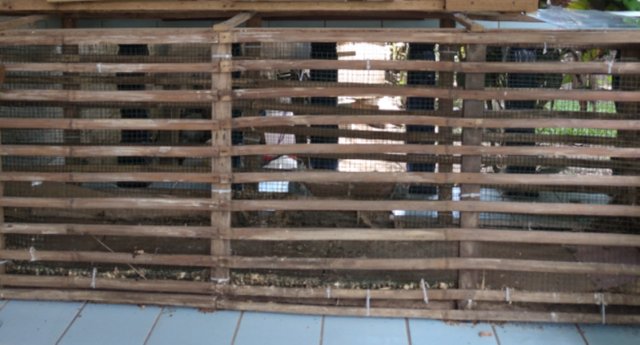
So, feeling too smart for my own good, I bought another 30 chicks; making my flock an even 50.
But after two weeks, they were suffering from severe overcrowded quarters.
I hurriedly built another brooder/pen; putting half of them (25) in each.

Guess what?
After another two weeks of constant eating and chicken growth, a third pen was necessary!
2. Apple cider vinegar (ACV), crushed garlic and potable water becomes "Magic Water" for poultry.
.jpeg)
My "Magic Water" is composed of two tablespoons of ACV and four cloves of crushed garlic in three liters of water.
With this concoction, I bypassed the hassle and cost of vaccinating my chickens.
My chickens remained free from all those nasty avian viruses.
What's so special about "Magic Water"?
First off, it increases appetite and promotes more activity.
"Magic Water" is a natural probiotic; making their guts an inhospitable environment for worms to thrive.
It aids in healing common injuries (i.e., breast bruising, inflammed hocks, sprained wings, feet and ankles).
Pollutants, allergens, and ammonia - from a buildup of urine soaked bedding - can easily produce respiratory distress in Broilers.
The garlic in "Magic Water" promotes clear, comfortable breathing.
Lastly, "Magic Water" makes the smell of chicken excrement a lot less offensive.
(Local visitors could not believe how my chicken pens DID NOT smell.)
3. Wood shavings for brooder bedding is cheap (0.20 USD/50 Kg. sack by volume) and is a great Plant Fertilizer/Soil Builder.
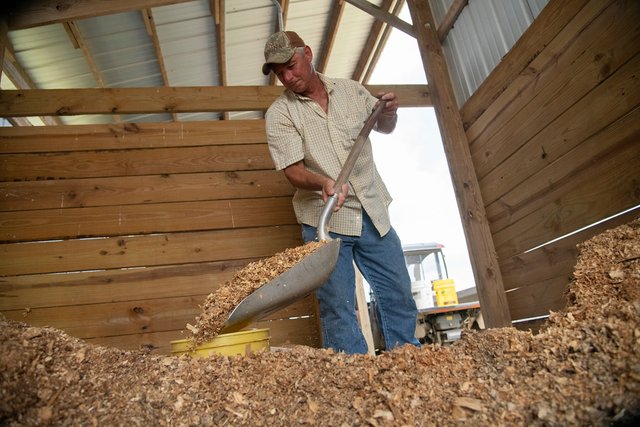
Normally, because of the poor soil (mostly clay dirt) around my house, I have to buy expensive potting soil and compost to attempt growing any type of plant or vegetable; usually failing miserably.
But then I mixed some used brooder bedding (soiled wood shavings) into the clay dirt and viola!
Plants that I couldn't grow before would miraculously sprout; thriving in the new, shavings-enriched soil.
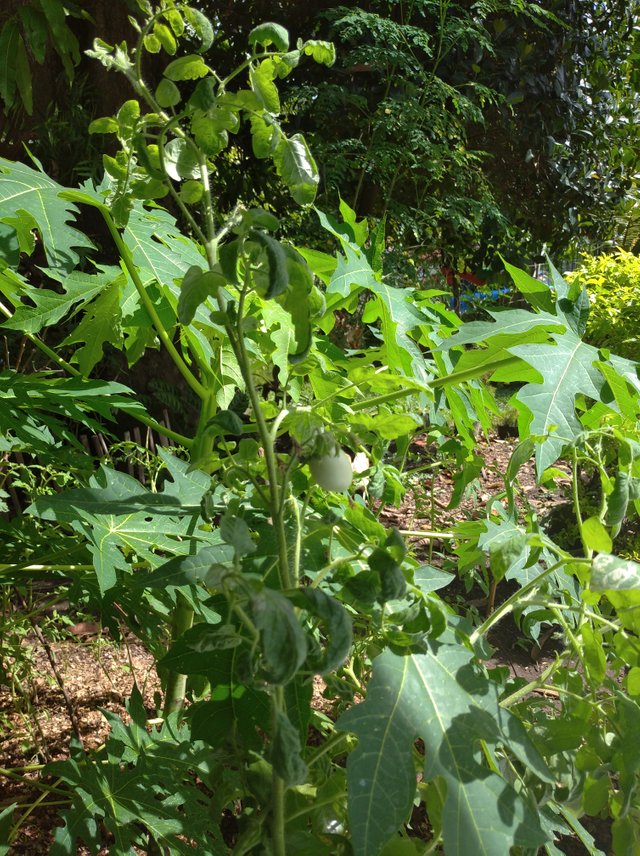
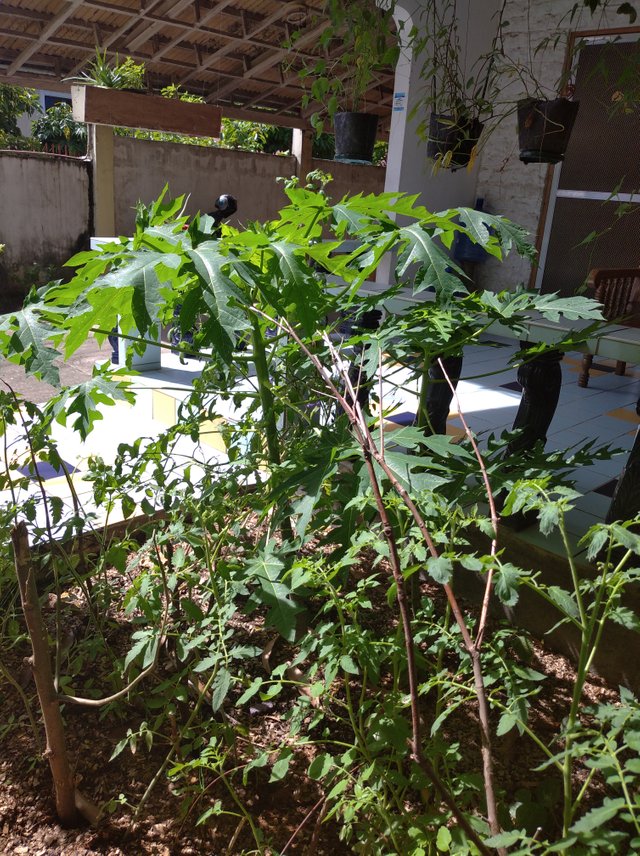
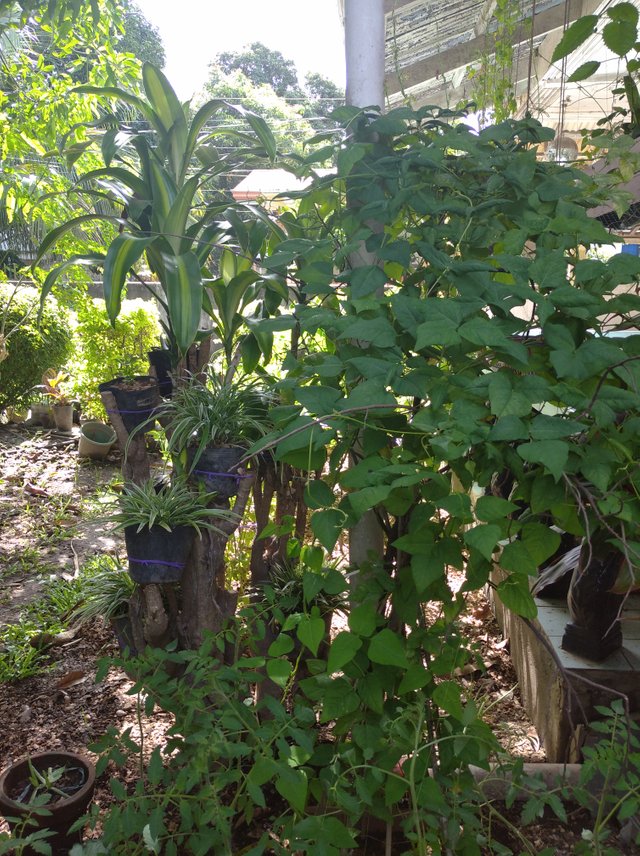

4. Commercial Chicken Feed is expensive.

Compared to the cost of the chick, ACV, and wood shavings (1.00, 0.50, and 0.15 USD, respectively), commercial feed (2.50 USD) was by far, my largest expense.
(I know what you're probably thinking by now.)
Why not Free-Range?
.jpeg)
"Free-Ranging"; that is, letting the chickens roam free on my property while foraging for food sounds nice, but not feasible for me.
Why?
Because my small town has a lot of "newly-jobless" people.
The temptation of nicking any "free portable food" is just too hard to resist for most.
.jpeg)
Ok.
Back on topic: feed costs.
Naturally, as the chicken grows, the more feed it consumes.
1.8-2.0 kilograms of feed is needed to make 1.0 kilogram of live chicken bodyweight.
This is the average FCR (Feed Conversion Ratio).
When my 45 chickens were approaching maturity (4-5 weeks), the whole lot of 'em ate over 3 kilograms of feed per day.
It's this upward feed cost per day of life that makes the Cornish Cross Broiler the most popular meat chicken to raise.
.jpeg)
Dressed Weight is the end product of processing and equals 65%-70% of Live Weight.
For example, a three kilogram live chicken yields about two kilograms of chicken meat (Dressed Weight) after full processing.
5. “Cornish Cross Broilers†are popular, but controversial.
.jpeg)
The Cornish Cross Broiler is not a naturally occurring bird species in nature.
Originally, in 1916, the Cornish Cross was a hybrid; the offspring of a Double-Breasted Cornish rooster and a Plymouth Rock hen.
Through the ‘50s and ‘60s, the “Cornish Cross Broiler†had more species introduced into the selective breeding process (i.e, New Hampshires, Langshams, Jersey Black Giants and Brahmas).
But no matter the lineage, all Cornish Cross Broilers are engineered for only one purpose: Provide as much food (chicken meat) in the shortest time possible.
But achieving that purpose comes with a price; a chicken with a propensity towards fragile health.
Compared to other chicken breeds, Cornish Cross Broilers are rather sedentary, docile and prone to a host of health problems.
In short, Cornish Cross Broilers are meant to grow fast and hopefully, live up to their slaughter date.
Period.
Anything after that date and they frequently suffer from broken legs, heart attacks, respiratory failure and stroke.
(I lost two of my chickens because from a couple of the above ailments.)
All of these issues make many of today's consumers, breeders and poultry farmers regard the Cornish Cross Broiler as a grotesque avian abomination.
.jpeg)
In spite of the higher costs of production, more and more poultry farmers are choosing to raise the chicken breeds considered to be more "natural, wild and hardy" - the antithesis of the Cornish Cross Broiler.
They raise these chickens to maturity and sell them to the growing "Natural, Organic, Free-Range" market; a market where customers are more than willing to pay a high premium for the "superior nutrition" that these special birds are touted to offer.
6. Economies of Scale is the only method for high profitability.
.jpeg)
The average mortality rate in the poultry industry is 6-8%.
I was lucky.
Only two of my 50 chickens died (a 4% mortality rate).
Unpredictable mortality rates, market-sensitive production costs (i.e., feed cost vs. market price); random, catastrophic epidemics and a low profit margin per chicken makes it very difficult to make a living raising less than 5,000 chickens.
My overall profit after raising/selling fifty chickens was 22.50 USD on a 250 USD investment (9% profit).
For me, that is not a lot of money; especially considering that I did not include any labor costs. (I and my girlfriend did all the labor without paying ourselves a salary).
What is my definition of “Labor�
The care, feeding and watering of the chickens.
Brooder maintenance
Securing buyers
Slaughtering
Feather plucking
Final processing
Delivering the dressed chickens!
If I threw in a per hour labor cost, the end result would be a negative number – an overall loss.
Returning to the issue of Economies of Scale and profits; that same 9% profit becomes 90 USD for 1,000 chickens, 180 USD for 2,000, and so on until you reach 450 USD for 5,000 chickens.
Large scale industrial farms routinely handle 20,000 chickens per quarter.
Their Economies of Scale dramatically lower the overall cost/chicken and diminishes the effect of mortality on the bottom line.
Consider this.
Two dead chickens out of 50 is 4% mortality; while two dead chickens out of 100 is 2% mortality, out of 200 it's 1%...
Parting Shots
.jpeg)
Raising chickens at home was a fascinating experience.
I learned a lot of technical knowledge about chicken health, common ailments, growth cycles, feeding regimes, light/dark schedules, correctly choosing a baby chick, humane standards of care and processing and the business of selling broilers.
Things were chaotic in the beginning, but became easier by the day, week and month.
I must confess that I committed many no-no’s during the process:
I fed the chickens “Starter†(meant only for small, baby chicks) for one month instead of two weeks.
I did not cut down on feed and feeding times until they were five weeks instead of the recommended two and half weeks.
I did not provide them with the darkness needed for proper growth and healing. I kept the lights on all night to discourage chicken thieves.
I did not use the “Layering Method†of bedding until after one month.
I did not screen the baby chicks before purchase.
Upon arriving home and settling the new chicks into the brooder, my girlfriend found a lame chick, a chick with a broken beak, a chick with only one wing, and two chicks with only two toes on one of their feet.
- While trying to nurse a sickly chick (a runt), I did not separate (quarantine) him from the rest of the chickens.
There’s probably more mistakes I made, but haven’t written down.
Of course, that’s why I can’t remember them now!
All in all, I had a blast doing this.
Would I do it again?
Yes.
In fact, as long as I can get commitments from buyers beforehand, I’ll be starting another group of chickens very soon.
May you and yours be well and love life today.
Namaste, JaiChai.
Really Appreciate You Stopping By.
Truly hope to see you again!
And if you liked my post, kindly Upvote, Comment, Follow, and ReSteem.
About the Author
.jpg)
Believing that school was too boring, he dropped out of High School early; only to earn an AA, BS and MBA in less than 4 years much later in life – while working full-time as a Navy/Marine Corps Medic.
In spite of a fear of heights and deep water, he performed high altitude, free-fall parachute jumps and hazardous diving ops in deep, open ocean water.

After 24 years of active duty, he retired in Asia.
Since then, he's been a full-time, single papa and actively pursuing his varied passions (Writing, Disruptive Technology, Computer Science and Cryptocurrency - plus more hobbies too boring or bizarre for most folk).

He lives on an island paradise with his girlfriend, teenage daughter and three dogs.

